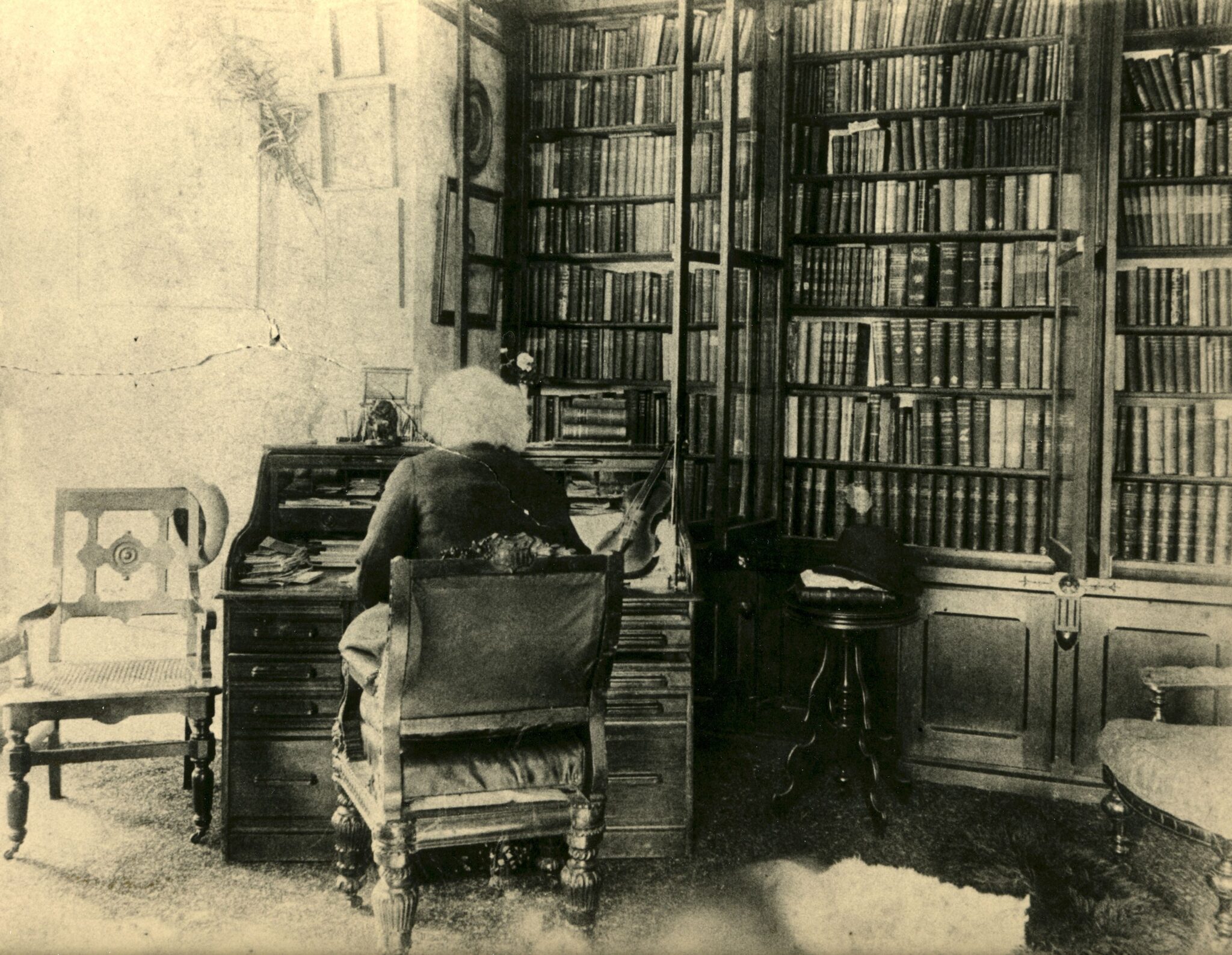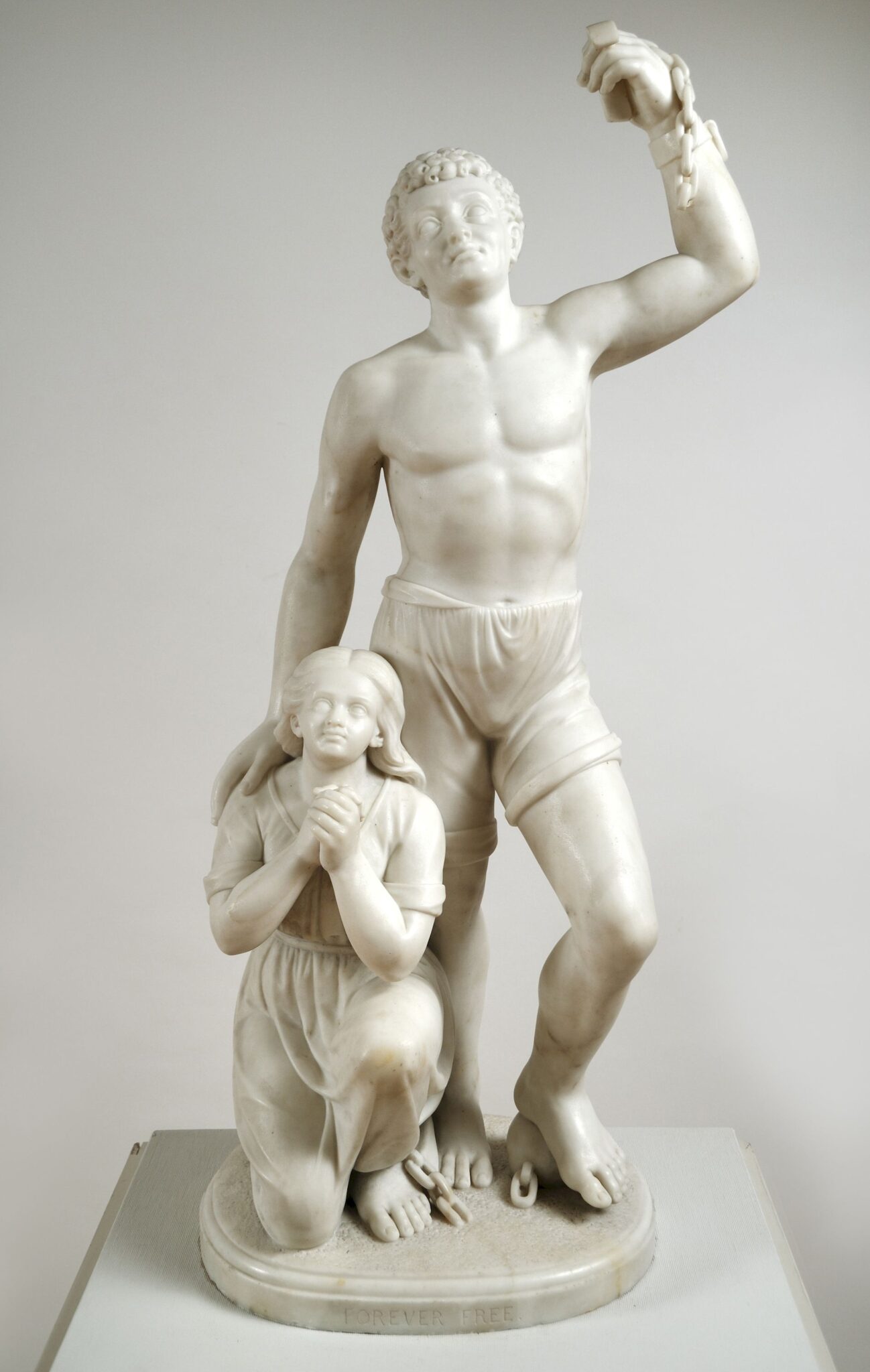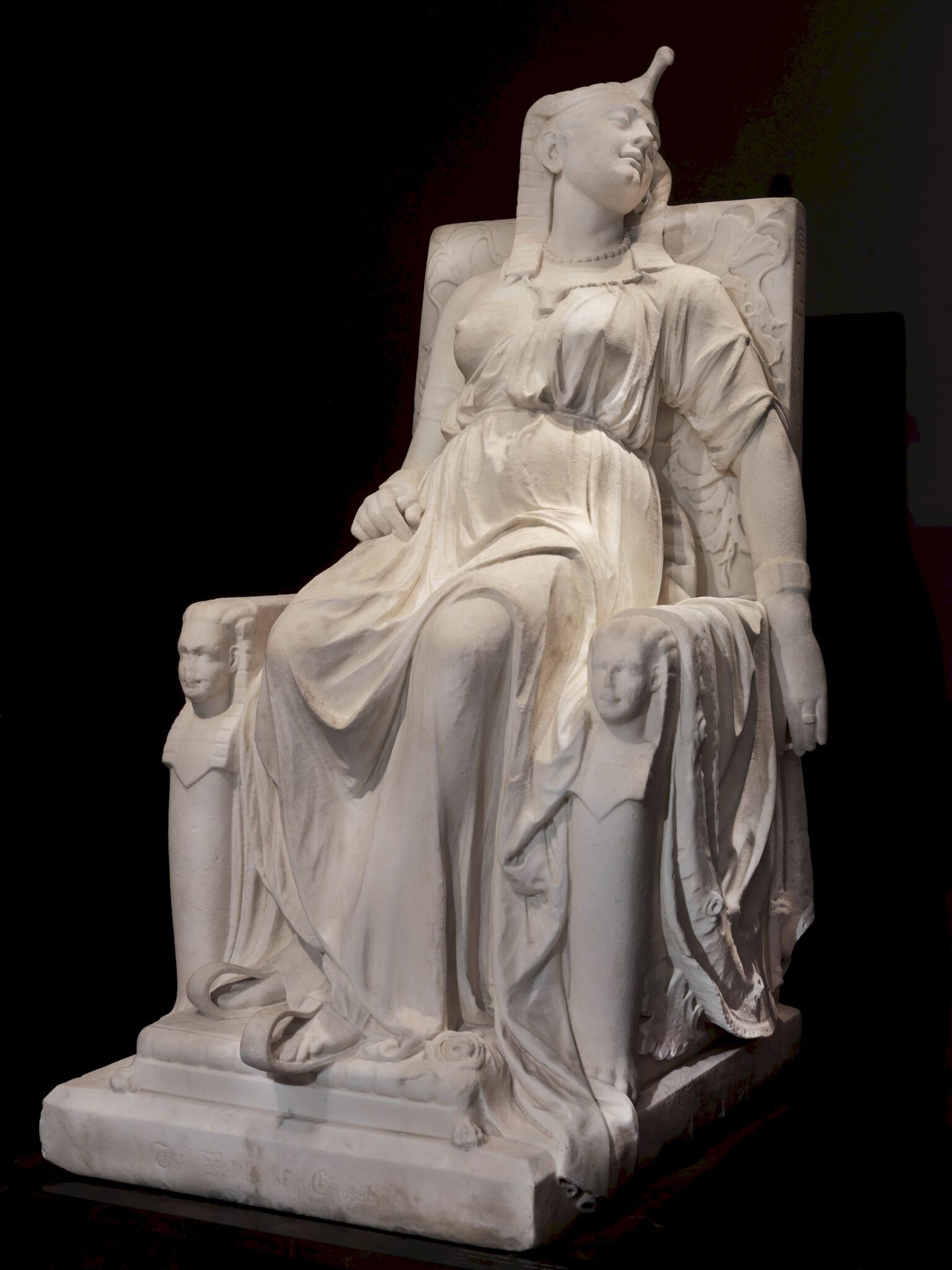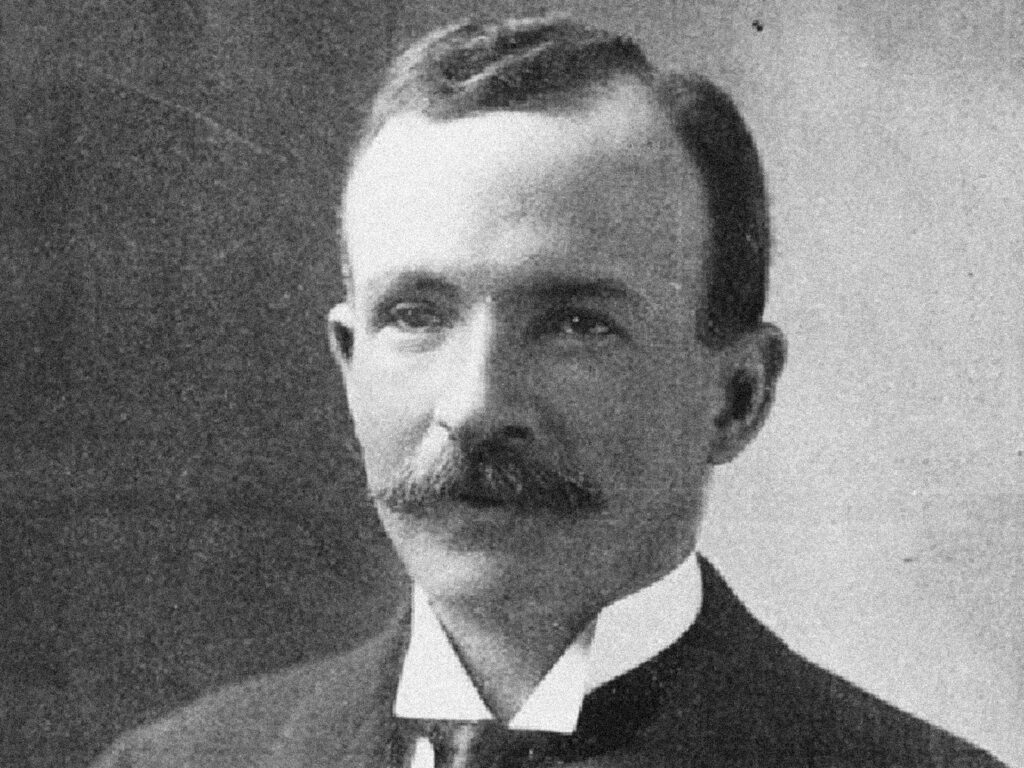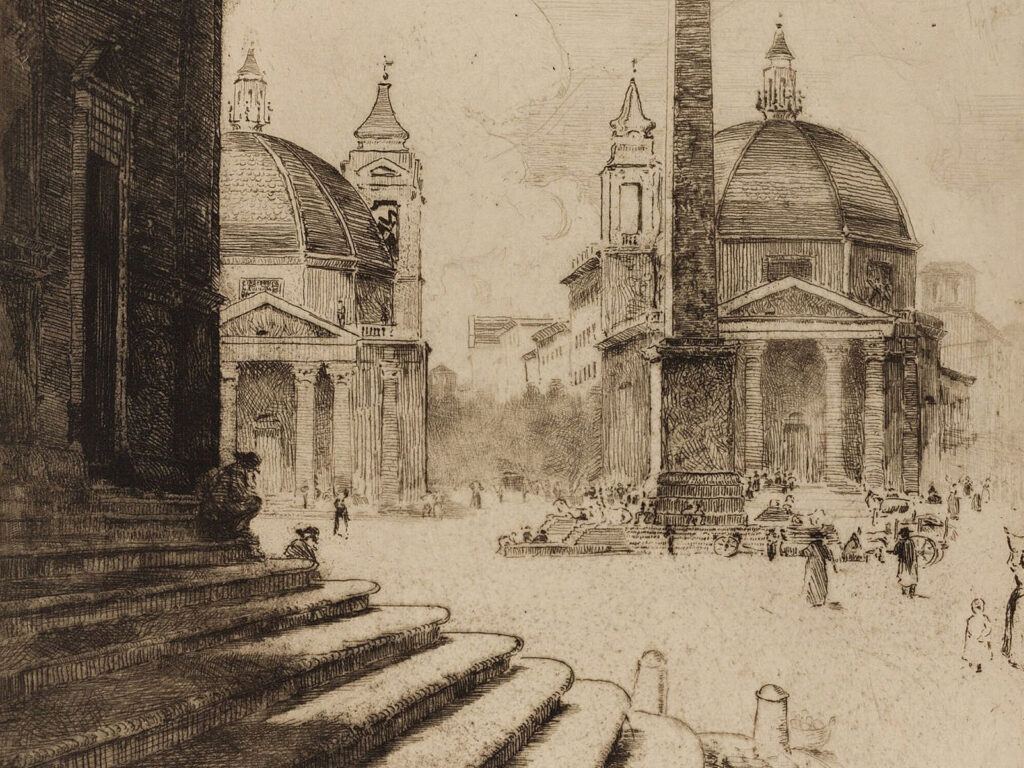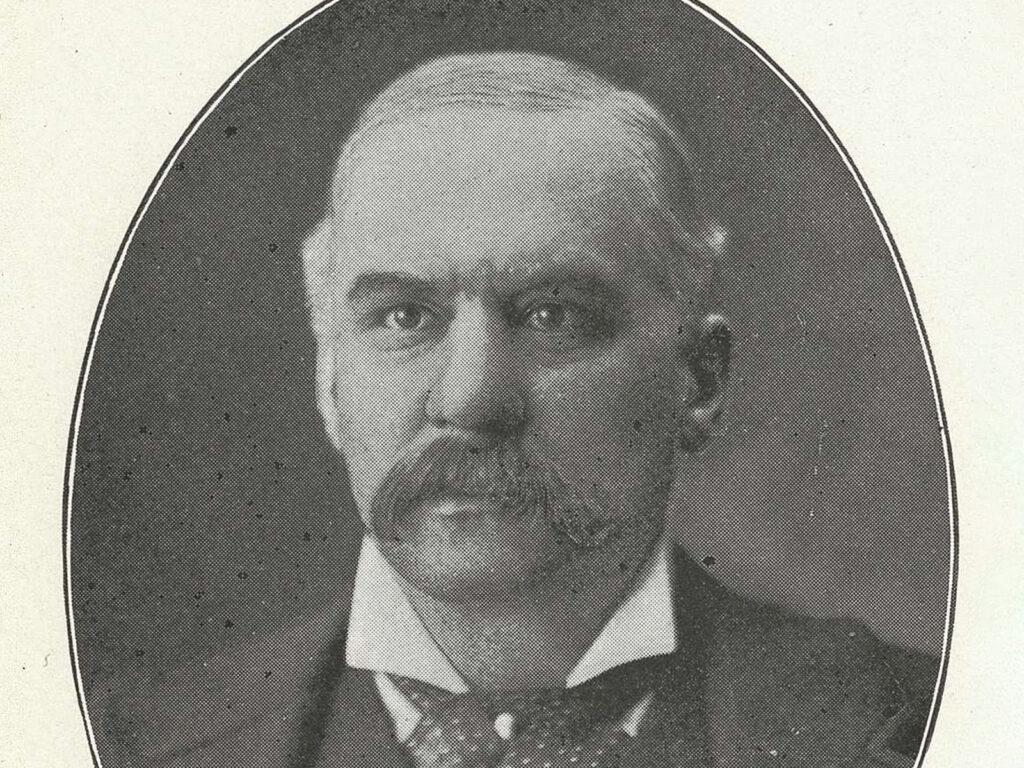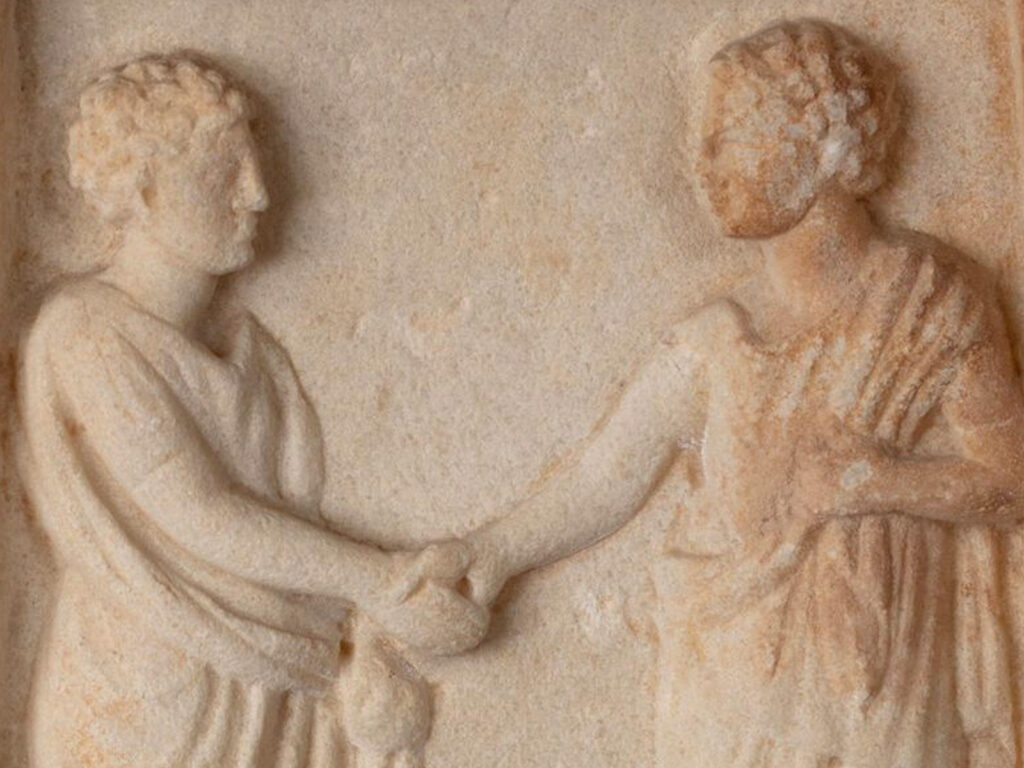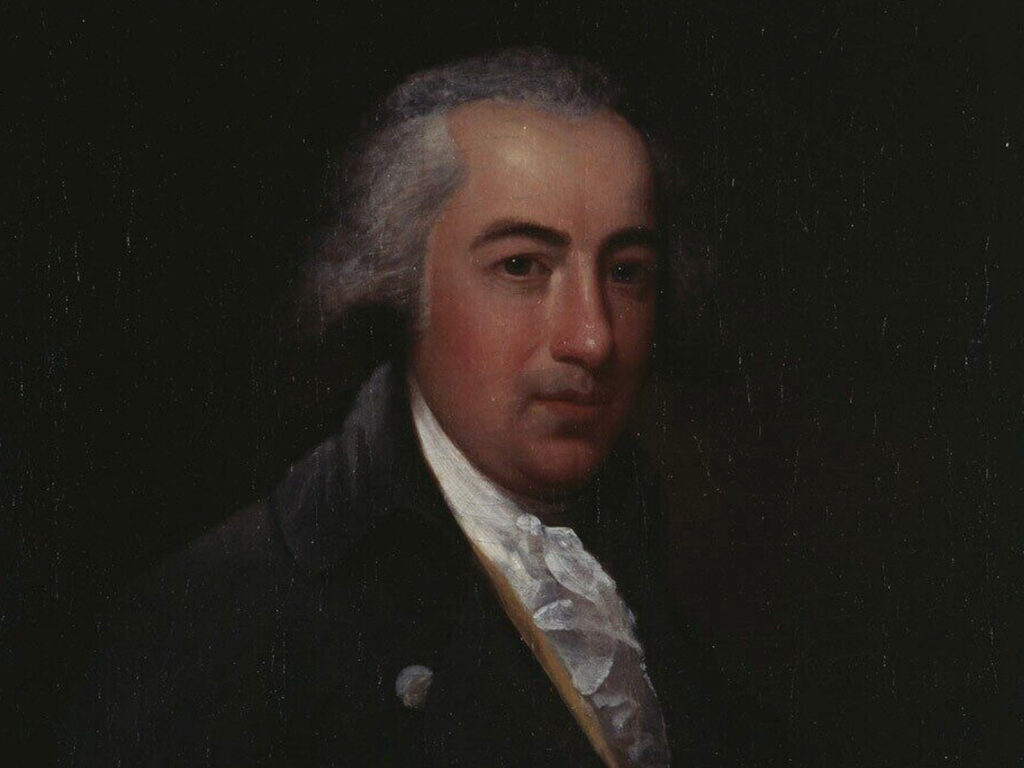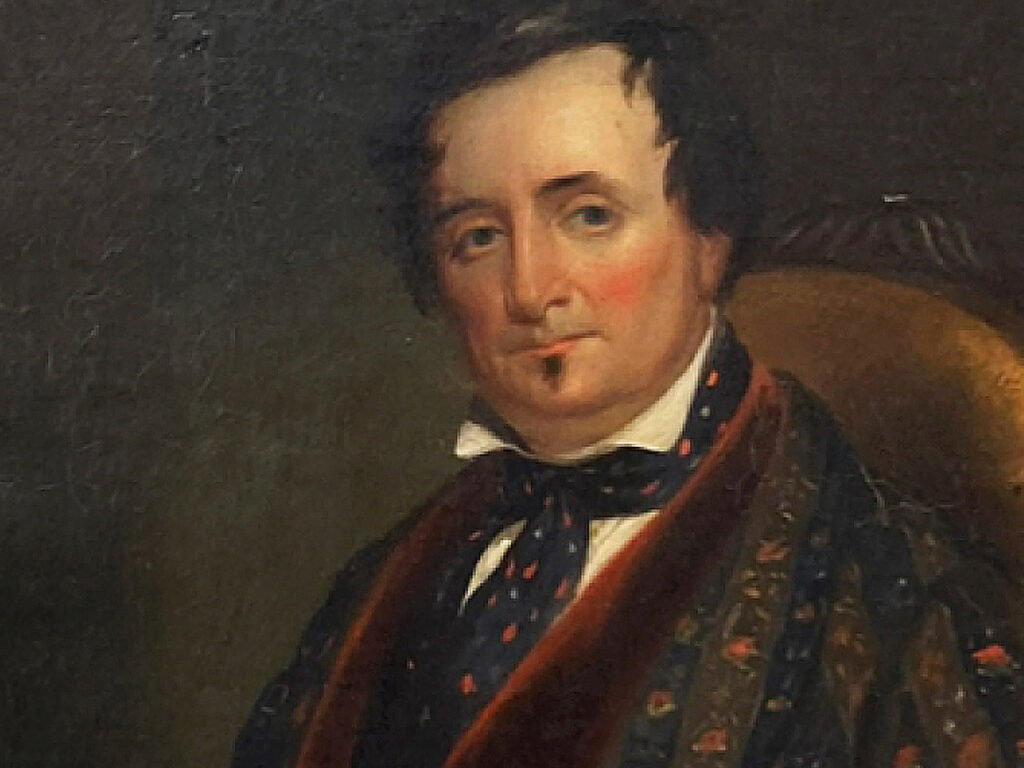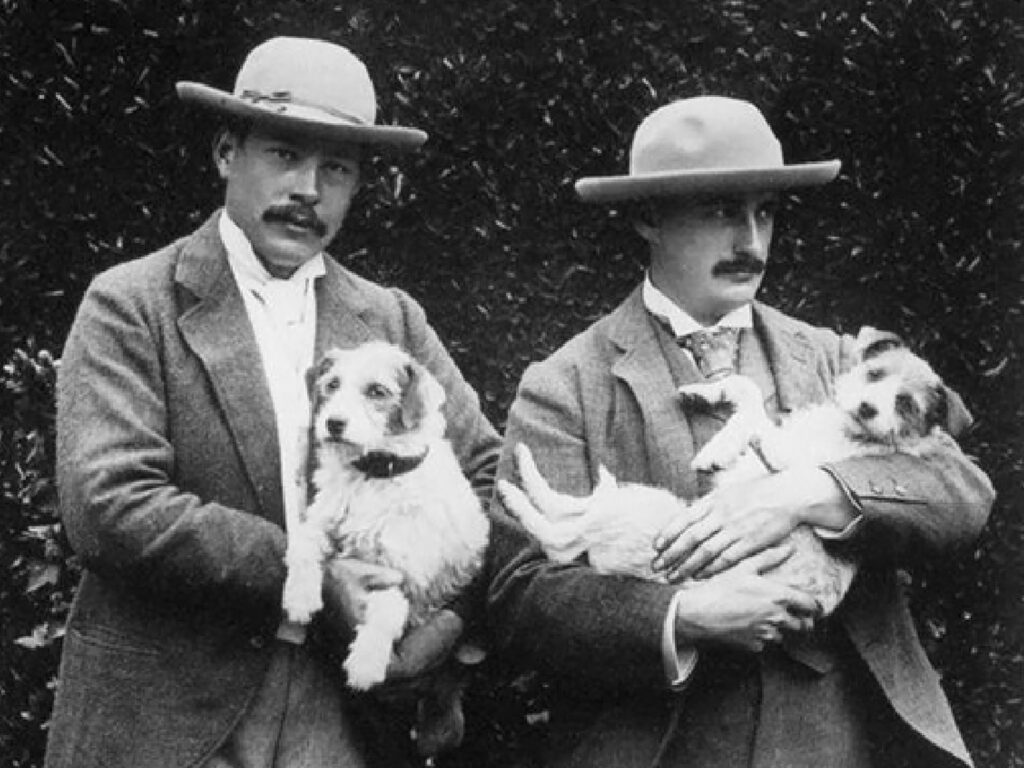As Antiquities & America illustrates, classicism permeated the United States from the nation’s origins in the eighteenth century. Attention to the classics made its way into educational systems, public and private library collections, architecture, decorative arts, and fine arts. Regardless of the countless opportunities available to engage with the classics, these avenues were not accessible to the majority of Black Americans across the eighteenth and nineteenth centuries, especially before the Civil War. Several barriers prevented Black Americans from engaging with classicism: the enslavement of Africans and African Americans; laws prohibiting the education of enslaved people; and prevailing beliefs about the “inherent” inferiority of Black people. Despite this late bloom of Black classicism, also known as “Classica Africana,” there were some individuals engaged with the classics throughout the antebellum period (1815–1861). Frederick Douglass’s library collection and Edmonia Lewis’s artistic practice offer us two opportunities to explore the various ways Black Americans participated in classicism and allow us to examine their motivations.
Frederick Douglass (1818–1895) began engaging with classicism at an early age, and his participation evolved throughout his lifetime. Born enslaved, he quickly learned the value of literacy and oratory speech and their connection to freedom. To begin his self-education, Douglass bought Caleb Bingham’s The Columbian Orator (1817), a collection of political speeches, dialogues, and essays from the ancient and modern past. In Douglass’s 1845 memoir, he recalled reading The Columbian Orator every chance he had. Among the pages he read were several passages recounting ancient history, including “Speech of a Roman General” by P. Emilius; “Speech before the Roman Senate” by Cato; and an extract from Cicero’s “Oration against Catiline.” According to historian Margaret Malamud, “the study of classical and neo-classical oratory remained an essential component of rhetorical education in schools, academies, and colleges.” These educational institutions often barred access to Black Americans. In Douglass’s case, his independent study of The Columbian Orator allowed him to learn oratorical skills that he would later utilize for public speeches and debates advocating for abolitionism.
